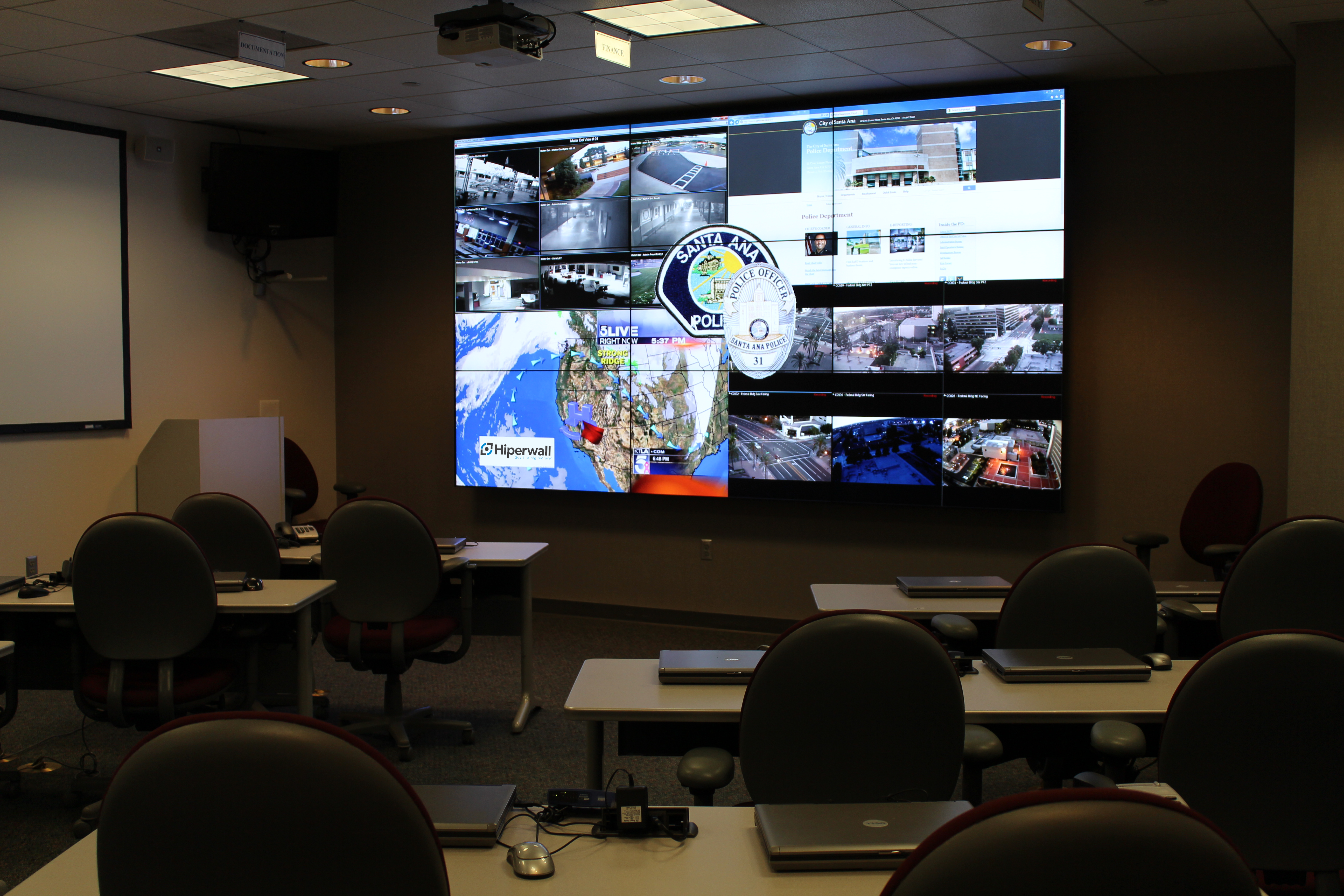Lawrence Zacarese, Assistant Chief of Police and Director of the Office of Emergency Management, wanted a platform to help aggregate various streams of information to be viewed at once in case of another emergency. They needed to consolidate the security infrastructure into an intuitive, responsive control room capable of alerting students, administrators, faculty and first responders in real-time. The platform needed to gather data feeds and bring all the disparate systems together to interact with one another and be displayed on a single LED video wall in the event of an emergency. Displaying all evolving information in a centralized location is crucial to effective decision making.
After Hurricane Sandy, Stony Brook University spared no expense in building an emergency management control room. The challenge at Stony Brook was all existing technologies, cameras, card access readers, fire alarms, burglar alarms needed to work together, but were living in their own independent silos. Bringing these groups together was key to mitigating another disaster situation.
Ston
The Stony Brook Emergency Operations Center is equipped with LG and NEC displays. In the center is a 3x2 video wall comprised of 55-inch NEC no-bezel displays, surrounded by eight LG commercial-style TVs that provide extra data, social media and television streams. The operations room is the central campus monitoring solution managing 124 buildings, more than 1,000 cameras and the Stony Brook University Hospital and Medical Center on 1,039 acres in Long Island.
Stony Brook may not be able to predict the next weather catastrophe or emergency situation, but it will be ready to activate the emergency operations center at a moment’s notice. Since completing the installation in 2015, Stony Brook has activated the emergency operations room for several situations including fires in campus buildings and potential threats for active shooter situations.





